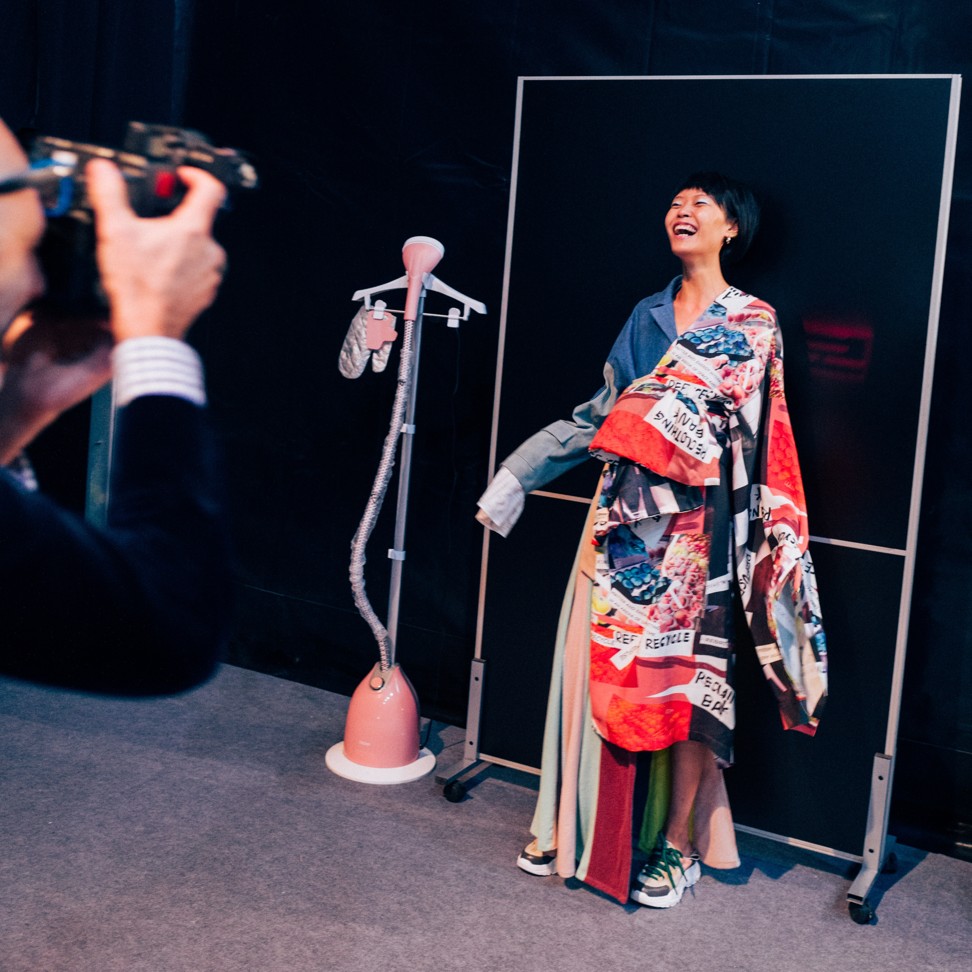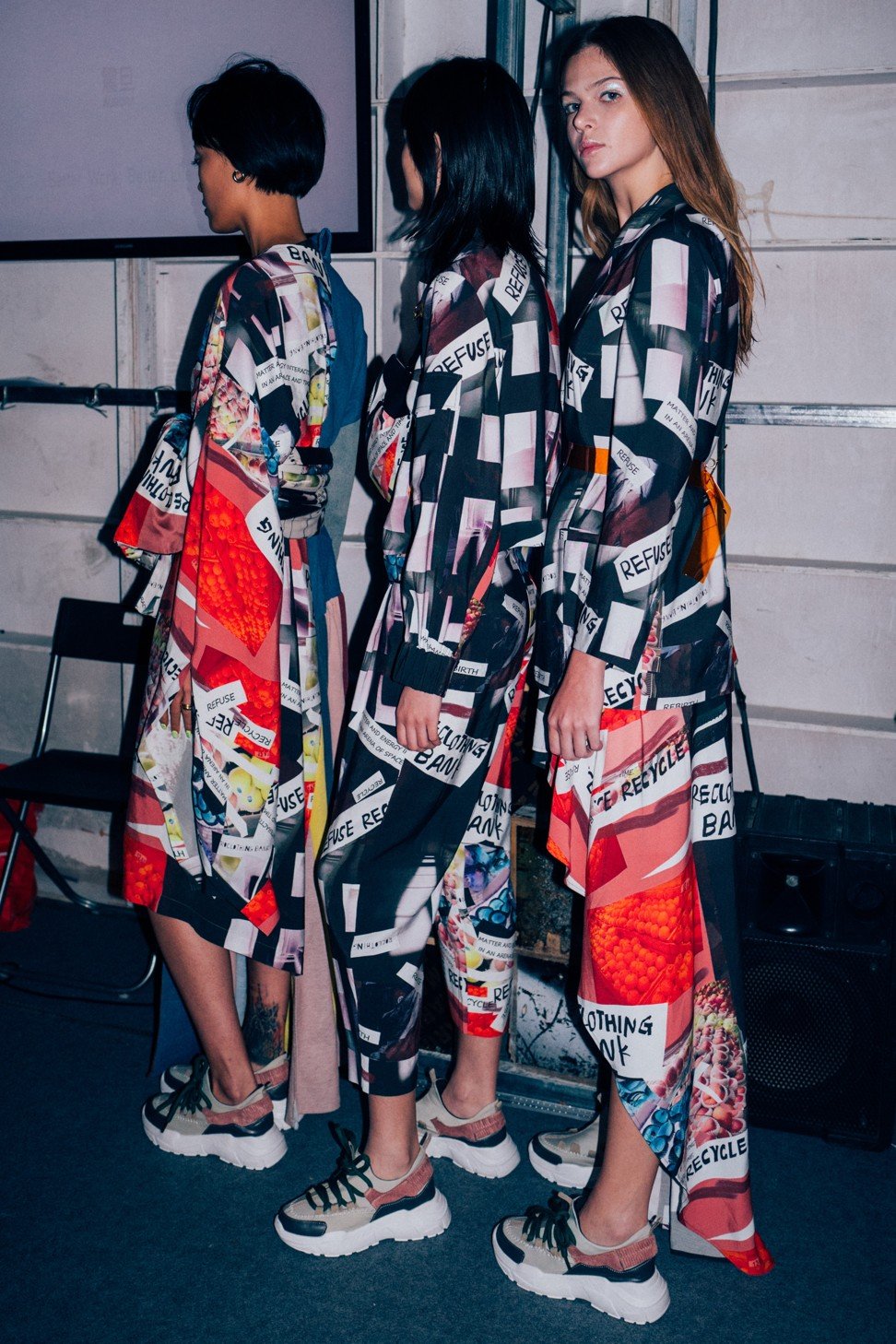Should we stop making clothes to save the world from fast fashion? – South China Morning Post
What if we completely stopped making clothes?
No, we wouldn’t all be romping around frockless; brands and individuals alike tend to hold on to an excess of clothing. Rather, we would reuse, repair, and eventually recycle what we already have. We wouldn’t need to refuse clothes, as conscientious consumers are already doing. And we would finally have a truly circular fashion economy without waste. (A circular economy designs out waste and pollution, keep products and materials in use, and regenerates nature.)
Environmental profit and loss accounting: a tool for sustainable luxury
If the fashion industry continues to produce clothes at breakneck speed and with rampant greed, consumers will be the only force powerful enough to change the industry for good.
According to a study by The Business of Fashion and McKinsey, China will become the largest fashion market in 2019. China’s middle class is projected to reach 700 million by 2020, but will this new consumer class overconsume and destroy the world? Or will Chinese consumers end overconsumption and save the world?
This is the rhetoric of a fashion extremist, but fashion has always encompassed extremes: textiles have been known to last thousands of years, yet fast fashion garments struggle to make it past the first wash; a single piece of couture can cost more than a house, while jeans can cost less than a cup of coffee; and fashion’s extreme fixation with the new means that many products lose more than half of their value after just two or three months.
The problem with fast fashion is its dirt cheap prices and disposable clothing that can be easily bought and just as easily discarded. Fast fashion retailers are purporting to democratise fashion while simultaneously convincing consumers that they are saving money; however, there are environmental, human, and long-term financial costs to fast fashion that are not factored into the prices of its products.
Cheap clothes seem like a steal because they are a steal. The earth’s resources and cheap labour in Asia are exploited to manufacture unspeakable amounts of clothing that go unsold and unused.
But to combat this cheap trend we don’t have to stop producing clothes altogether, we just have to value them. Literally.
Your wardrobe is an asset and a tool for investment, so the main consideration when buying any product should be quality.
This ethos is shared by technologist Kenny Au, a partner in two fashion-tech start-ups, Luxsens and Luxchain. Luxsens is building the world’s largest database for personal luxury goods, while Luxchain leverages blockchain technology to solve problems with counterfeits, pricing, and sales of personal luxury products.
Through such innovations, modern-day consumers are now able not only to track the value of their wardrobes but to buy authenticated luxury goods in a sustainable, circular economy.
Sarah Fung, founder of “recommerce” platform Hula, believes that technologies such as blockchain can create regulated, transparent supply chains, allowing consumers to invest in authentic, ethically made products.
Hula is another example of the interplay between the real market value of a wardrobe and the circular economy. If a product is of good quality and is cared for, it maintains its value and never needs to be thrown away; it can be given a second life on platforms such as Hula.
However, there first needs to be a cultural shift: we have to believe that all materials have value, and clothing should never be produced or bought if it will become trash.
The Ellen MacArthur Foundation, which works to inspire a generation to rethink, redesign and build a circular economy, suggests we “redesign [the fashion system] so there are only good choices for customers”.
Its Make Fashion Circular programme brings together people from diverse backgrounds, including education, finance, and government, to do just that, and to make the system of clothes production work better for customers, the environment and the economy. The foundation suggests clothes should be sold, then swapped, repaired or donated once they are no longer needed. Clothes can also be repurposed or upcycled.
What fashion currently lacks in sustainable practices it makes up for in creativity, and Shanghai-based stylist Natali D believes creativity creates tremendous value. “Repurposing clothes can make them feel new and personal and thus more valuable,” she says.
Redress founder Christina Dean shares some of her favourite things
A leading figure in the circular fashion movement and founder of the NGO Redress, Christina Dean believes that “the creativity of the fashion industry will solve problems and create value, and fashion can and will show other industries how to move all parts of a system to a circular model”.
Dean is focusing on two main initiatives to aid this process: stopping waste and dealing with waste. To stop waste, Redress has developed a curriculum to educate emerging designers on sustainable issues through its 110 university partners. It also educates consumers through a programme called Front Line Fashion, and has a sustainable-design award in its ninth cycle.
To deal with waste, Redress is building a textile bank which will rescue and redistribute textiles, among other initiatives.
ReClothing Bank – no relation to Hong Kong-based Redress – is one of the most cited examples of circular fashion in China. Founded by designer Zhang Na, the brand not only uses sustainable, natural materials but also rescues unwanted materials and turns them into veritable works of art. Through the creativity of one, trash is truly made into treasure.
Zhang opposes extreme solutions to fashion’s waste problem, saying it would be cruel to stop producing clothes since that would devastate those working in fashion and apparel. The designers behind Ffixxed Studios, a brand with bases in Hong Kong and Shenzhen, southern China, that is committed to sustainability, echo this sentiment. They say a total shutdown of clothing production would devastate developing economies in particular.
Ffixxed Studios believes that circular fashion begins with the high-quality, ethical production and processing of raw materials, but that ultimately consumers will choose what kind of fashion system they want.
So will China’s consumption crisis become China’s consumption miracle? If we stop producing low-quality clothes, it definitely could.
We still need to educate consumers, hold companies accountable, and reconsider our relationship with fashion. However, Dean’s advice is the perfect first step: buy less, buy better.
Let’s block ads! (Why?)






